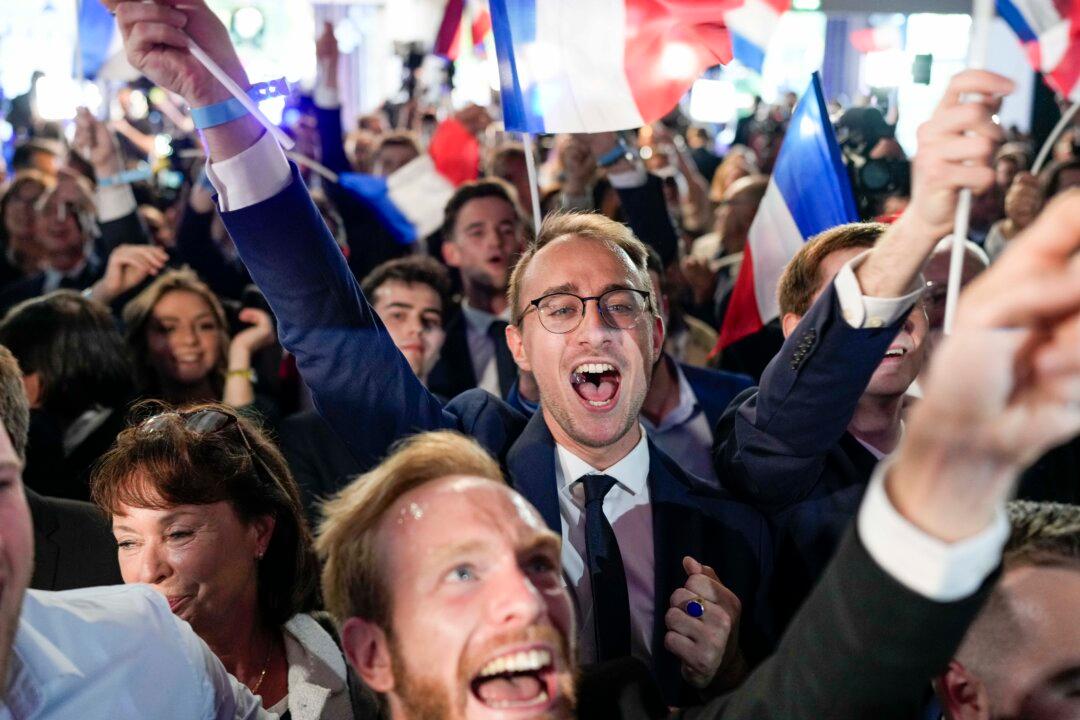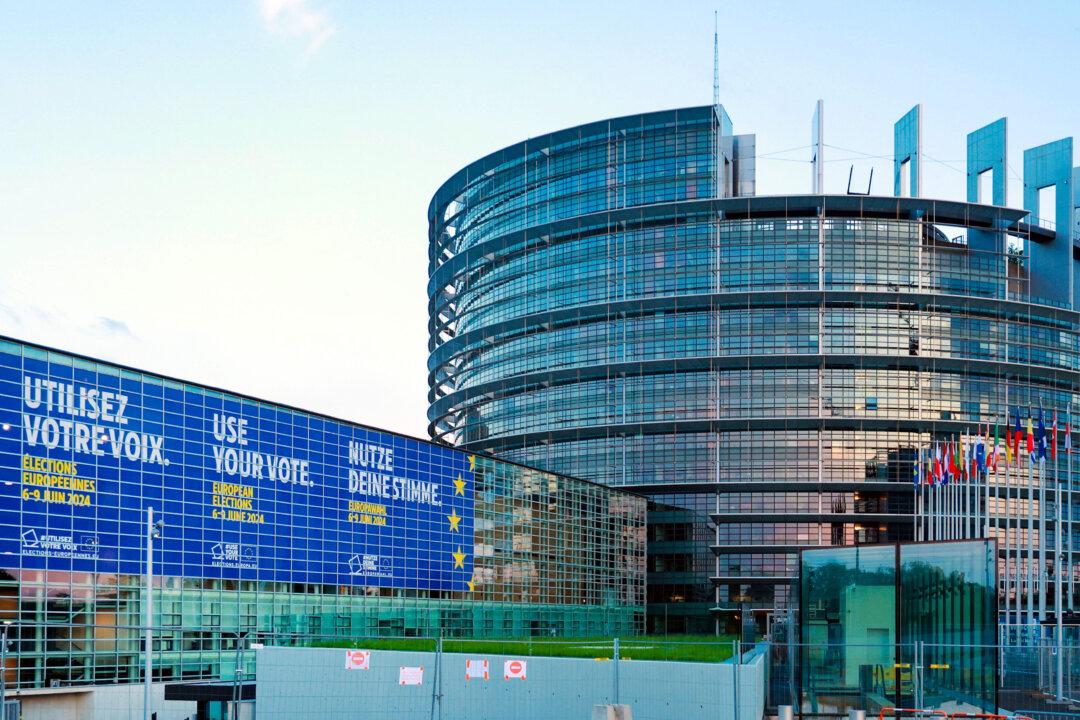The throng of people who stormed the Capitol building on Jan. 6 during the joint session of Congress was led by Antifa and its agent provocateurs who guided Trump supporters into the Capitol building, Michael Yon, a war correspondent who has covered hundreds of protests, told The Epoch Times’ Crossroads program.
Yon was on the scene but did not go inside the Capitol. “I was outside the building, watching the activities out there,” he said.






